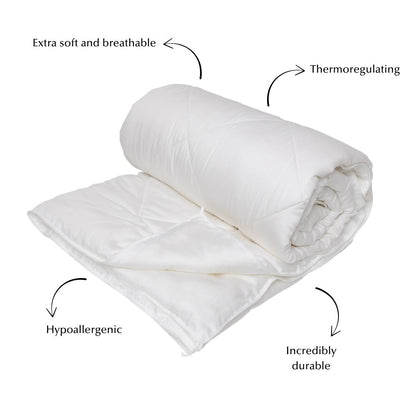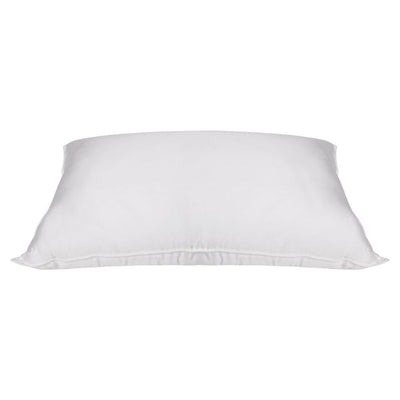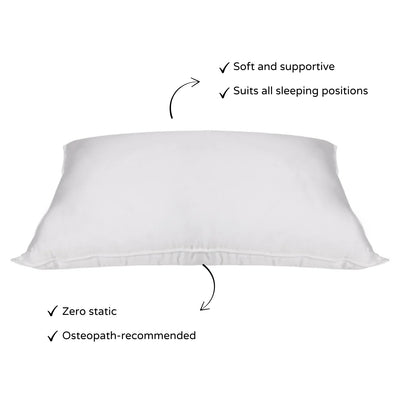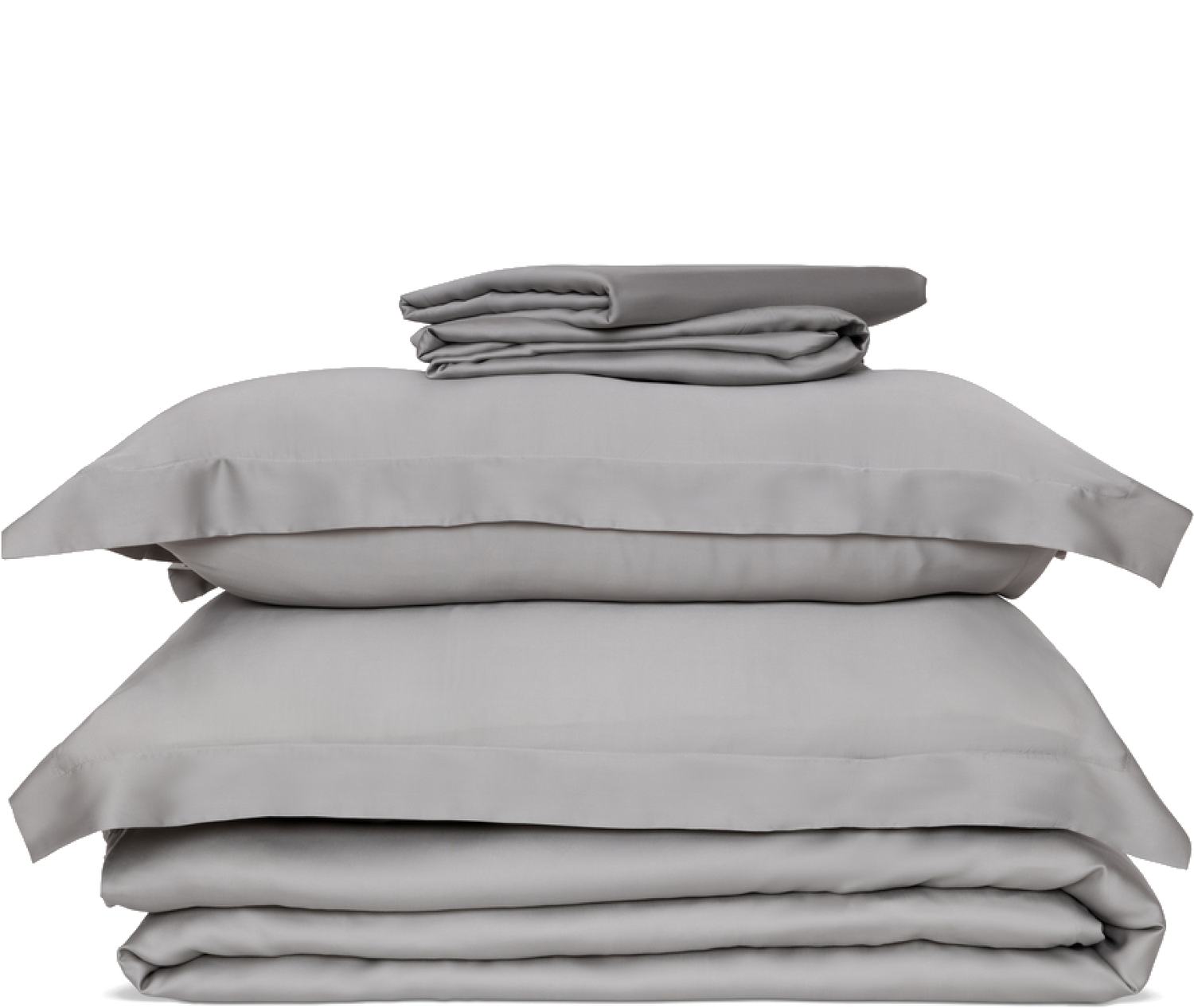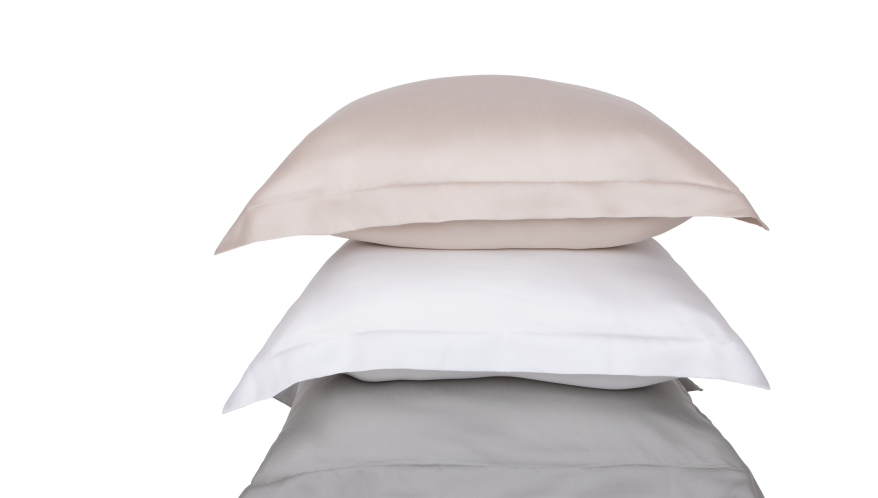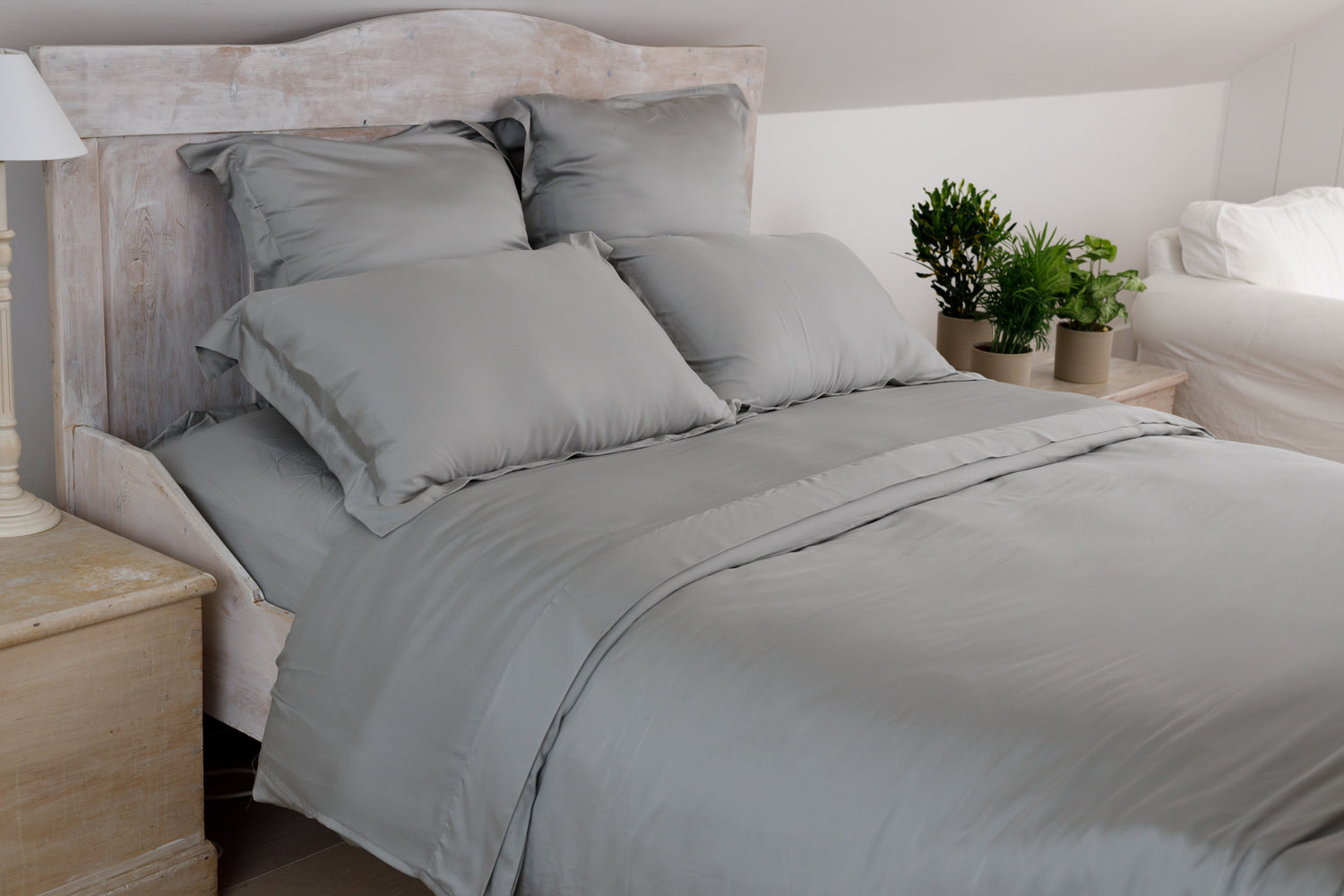Introduction
When was the last time you thought about your mattress? Aside from the occasional fluffing or turning, many of us forget that our mattresses are more than just a place to sleep - they’re a breeding ground for allergens, bacteria, and fungi.
After years of use, an old mattress can become a hidden danger to your health, harboring dust mites, mould, and harmful bacteria that can lead to respiratory issues, allergies, and even skin problems. So, is your mattress putting your well-being at risk? Let’s dive into the hidden dangers that lurk within your bed, and why it might be time to replace it.
Dust Mites: The Invisible Invaders
What Are Dust Mites?
You can’t see them, but they’re there. Dust mites are microscopic creatures that thrive in the warmth and moisture of your mattress, feeding on dead skin cells. A single mattress can harbor millions of dust mites, making it an allergenic hotspot.
The Impact on Health
-
Allergic Reactions: Dust mites are one of the leading causes of year-round allergies, leading to sneezing, coughing, itchy eyes, and nasal congestion.
-
Asthma: Exposure to dust mite allergens can worsen asthma symptoms, making it difficult to breathe, especially for children or those with respiratory conditions.
It’s not just the idea of having bugs in your bed - it’s what they leave behind. Their feces and body parts are potent allergens that can trigger severe reactions. And the older your mattress, the more dust mites it accumulates.
Mould: The Silent Threat
How Mould Grows in Mattresses
Mould loves moisture, and your mattress can absorb a lot of it over the years. Whether it’s from sweating, humidity, or accidental spills, the damp environment provides the perfect conditions for mould to grow.
The Health Risks of Mould
-
Respiratory Issues: Mould spores in the air can lead to coughing, wheezing, and shortness of breath, especially in individuals with asthma.
-
Skin Irritation: Mould can also cause rashes, eczema flare-ups, or other skin irritations.
-
Infections: Long-term exposure to mould can even lead to more serious infections, particularly in those with weakened immune systems.
Where Does Mould Hide?
Mould often hides in the inner layers of a mattress, making it nearly impossible to detect without a deep inspection. It thrives in areas that are difficult to clean or dry thoroughly, like the underside of your mattress or along seams and stitching.
Bacteria: The Unseen Health Hazard
Bacteria in Your Mattress
Your mattress is a haven for bacteria, especially when you consider how much time you spend there. From body oils to sweat and saliva, your mattress collects all sorts of biological matter that bacteria feed on.
The bacteria can multiply rapidly, leading to an unsanitary sleep environment. Over time, this can affect your health in more ways than one.
Health Effects of Bacteria Build-Up
-
Skin Issues: Bacteria can cause acne, rashes, and other skin conditions, particularly if you’re prone to sensitive skin.
-
Infections: Bacterial growth can lead to more severe health problems, like infections, if not addressed.
-
Odour: A build-up of bacteria often leads to unpleasant smells, making your mattress uncomfortable to sleep on.
How Old Mattresses Compromise Your Health
A Mattress Past Its Prime
As your mattress ages, it accumulates more dust, bacteria, and moisture. This accumulation puts your health at risk and degrades your sleep quality.
By the 8-year mark, the risks become even more significant. That’s when your mattress has likely become a perfect home for dust mites, mould, and bacteria, which may trigger or worsen allergies, respiratory problems, and skin conditions.
Signs Your Mattress Is Too Old
-
Visible stains or smells that linger despite cleaning
-
Sagging or lumps that cause discomfort
-
Increased allergy symptoms like sneezing or skin irritation
-
Frequent waking or difficulty sleeping due to discomfort
Preventing Mattress Health Hazards
Regular Maintenance
To minimize the risks, follow these tips for mattress care:
-
Vacuum regularly: Use a vacuum with a HEPA filter to remove dust, dust mites, and debris.
-
Protect with a mattress cover: A hypoallergenic cover can prevent dust mites and bacteria from penetrating the mattress.
-
Air it out: Regularly air your mattress to prevent moisture build-up.
-
Rotate regularly: Rotate or turn your mattress to distribute wear evenly and reduce pressure points.
Invest in a New Mattress for Better Health
If your mattress is beyond repair, it might be time to invest in a new one. A CocoCore™ Natural Mattress offers the perfect solution. Crafted with eco-friendly, natural materials like coconut coir, bamboo, and hemp, it provides allergen-free, hygienic sleep.
This mattress not only helps prevent dust mites, mould, and bacteria, but it also supports better sleep quality, contributing to overall well-being. Plus, its sustainable design aligns with a cleaner, healthier planet.
Conclusion: A Clean Mattress Equals a Clean Bill of Health
Your mattress isn’t just a piece of furniture; it’s a vital part of your health and well-being. If yours is past the 8-year mark, it may be time to rethink your sleeping arrangement. With so many hidden dangers like dust mites, mould, and bacteria lurking within, replacing your mattress is a critical step toward better hygiene, comfort, and sleep quality.
Ready to experience a cleaner, healthier sleep?
Upgrade to an eco-friendly CocoCore™ Natural Mattress today and enjoy restful, restorative sleep in a toxin-free, sustainable environment.


